A new lineup of Electro-Motive Divi-sion (EMD) GP7 diesel locomotives has been added to the Atlas Classic HO scale line. All models feature a newly tooled die-cast metal frame. Gold-series units have a dual-mode ESU LokSound sound decoder.
The prototype. Electro-Motive Division produced the 1,500 hp GP7 from Octo-ber 1949 through May 1954. During the production run, 2,724 units were built. The bulk of the units were produced for American railroads; 112 went to Canada and two to Mexico.
The GP7s had 16-cylinder 567B diesel engines. The easiest way to distinguish a GP7 from a GP9 is to look at the louvers. A GP7 has three sets of louvers below the cab and two vertical rows under the radiator screens.
Our sample is decorated as Great Northern no. 642, part of the railroad’s 600 through 655 series. The full-size 642 was built in June 1951 and wore its as-delivered Empire Builder scheme throughout its career (other GP7s were repainted in the simplified scheme [Omaha Orange and Pullman Green without yellow stripes] or Big Sky Blue).
Shortly after the Burlington Northern merger in March 1970, no. 642 was renumbered 1542; it was repainted Cascade Green and black in 1973. The road switcher was retired in June 1982 and traded in to General Electric for credit on BN’s fleet of cabless B30-7As.
The model. The Atlas model has a multi-piece plastic body. The short and long hood (with or without dynamic brakes, as appropriate) are a single casting that the combined cab and battery box compartment fits over. These two pieces fit neatly on the plastic sill.
The details on the model are crisply molded. I was especially impressed with the air intake screens. They’re molded so that the vertical shutters are visible behind the screen. The four rooftop fans are similarly molded, with the blades simulated under the screens.
The model features factory-installed and painted grab irons. Great Northern had parallel sets of grab irons on the long and short hood. There were five grabs leading to the corner grab iron and four on the opposite side. The eye bolts on the top of the long and short hood are simulated with molded nubs.
The Omaha Orange and Pullman Green paint is smooth and evenly applied, and the tri-color GN herald is well rendered on the cab. The yellow stripes and Great Northern lettering are opaque. There were a few spots where the stripe didn’t land precisely on the separation line, leaving a sliver of orange visible between the green and yellow.
Our sample has the F located on the short hood end of the sill. From all evidence I can find, GN ran its GP7s long-hood forward. In addition to relocating the F, you’d also need to rotate the crew figures and seats 180 degrees.
There were a few GN-specific details omitted from the model, including a bell between the exhaust stacks, a winterization hatch covering the third rooftop fan from the cab, and journal covers on the trucks. As built, GN GP7s had four-step step wells. A fifth step was added before the BN merger.
A five-pole skew-wound armature motor with two brass flywheels is located in the center of the chassis. The printed-circuit board is mounted on top of the motor. The Digital Command Control (DCC) decoder is above the front truck. The speaker is over the rear truck.
The one-piece plastic fuel tank and air reservoir assembly has four tabs that lock onto the chassis. Atlas offers the GP7 with 800- and 1,600-gallon tanks; the GN model has the former.
To the test track. The Atlas GP7 is dimensionally accurate, closely following drawings in the Model Railroader Cyclopedia: Vol. 2, Diesel Locomotives (Kalmbach Books, out of print).
I tested the dual-mode model in both environments. For DCC, I used an NCE PowerCab set to 28 speed steps. From the box, the model didn’t move smoothly at step 1, so I advanced the throttle to step 2, where the model crawled at 2.3 scale mph. The engine achieved at top speed of 71 scale mph, within the prototype’s speed range.
To smooth out the performance at speed step 1, I adjusted the value of configuration variable (CV) 2. From the factory, CV2 was set to 3. Changing the value to 10 improved the performance at step 1. A quick start guide is included with the locomotive. The LokSound Select User Manual for Diesel and Steam Decoders can be downloaded for free at www.loksound.com.
I tested the model on direct current (DC) using a Bachmann power pack. The sounds came on at 9.2 volts (V). High starting voltages are typical with sound-equipped units in DC. The engine started moving at 2.5 scale mph at 10.4V and topped out at 67 scale mph at 14V.
The model has a drawbar pull of 1.8 ounces, which is equivalent to 25 cars on straight and level track. I was able to pull an 8-car train of 50-foot boxcars up the 3 percent grade on our Milwaukee, Racine & Troy staff layout.
User-controlled DCC sound functions include the horn, bell, and manual notching using the Drive/Hold function. In DC sounds were limited to the diesel engine.
A classic. The GP7 has been a part of the Atlas Classic line for more than three decades, and each release improves upon the last. Kudos to Atlas for keeping this road switcher current with the times.
Manufacturer
Atlas Model Railroad Co.
378 Florence Ave.
Hillside, NJ 07205
www.atlasrr.com
Era: June 1951 to 1970 (as decorated)
Road names (two to three road numbers per scheme). New paint schemes: Great Northern, Algoma Central, Amtrak, Central California Traction, and Missouri-Kansas-Texas. New numbers: Bangor & Aroostook; Belt Ry. of Chicago; and Toronto, Hamilton & Buffalo.
Features
• 8-pin decoder plug (direct-current version)
• Accumate couplers, mounted at correct height
• Blackened metal wheels, correctly gauged
• Golden-white light-emitting-diode headlights
• Minimum radius: 18″
• Weight: 10.8 ounces





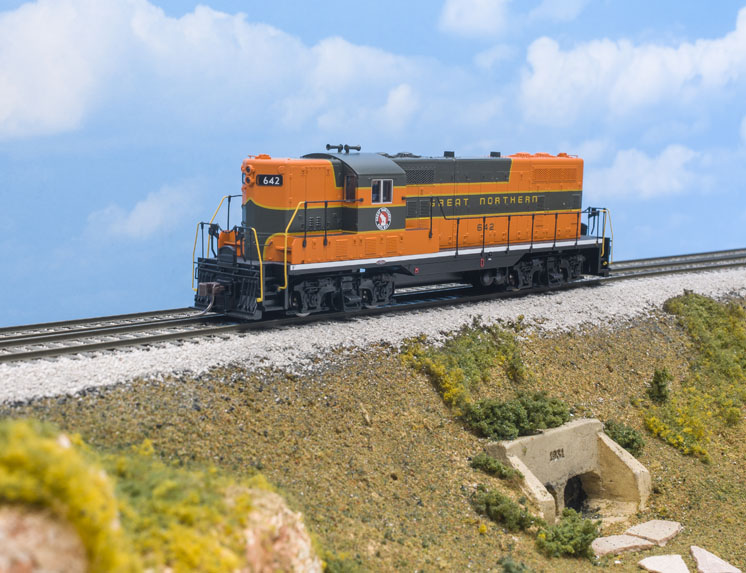
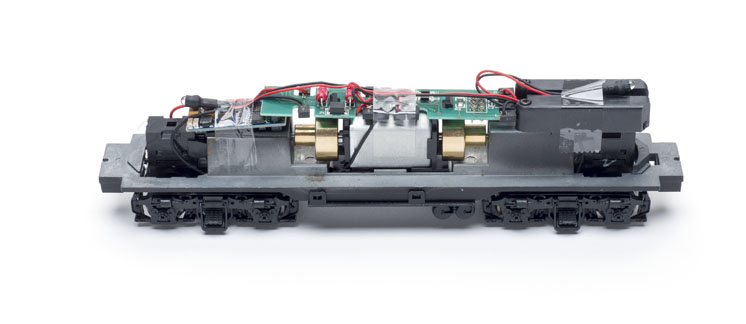
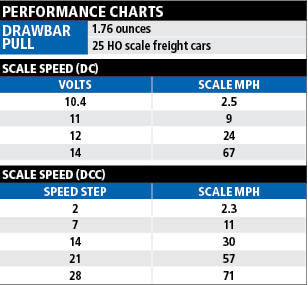

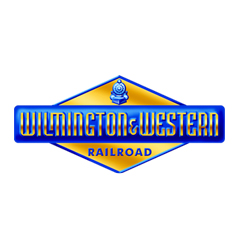
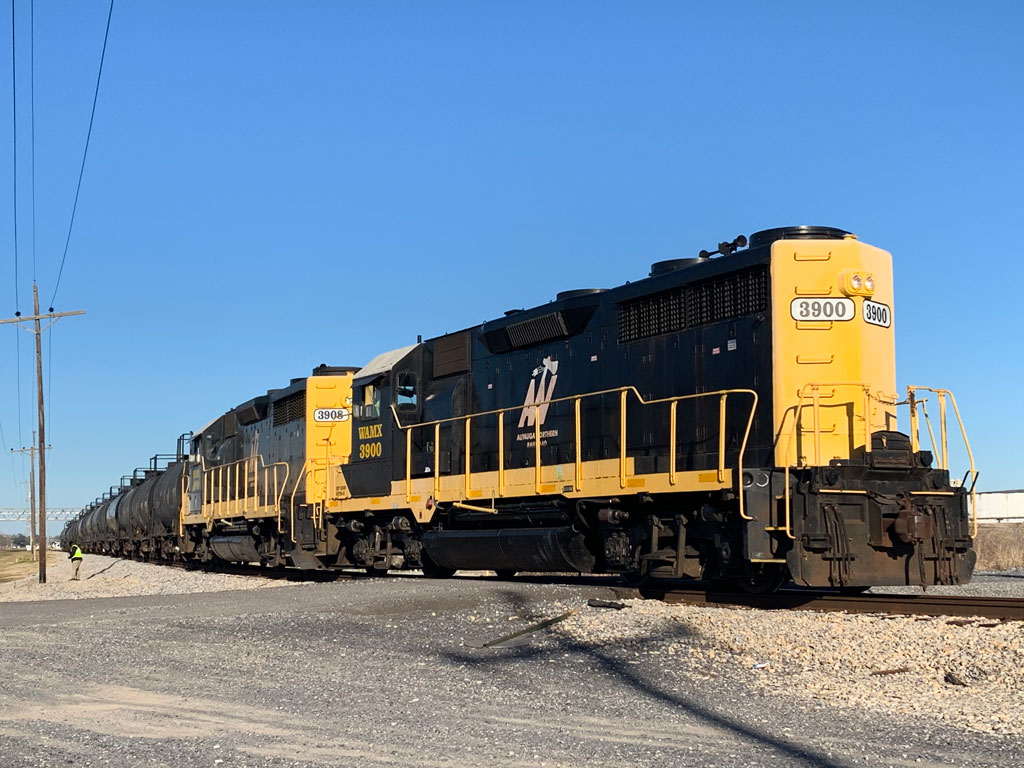

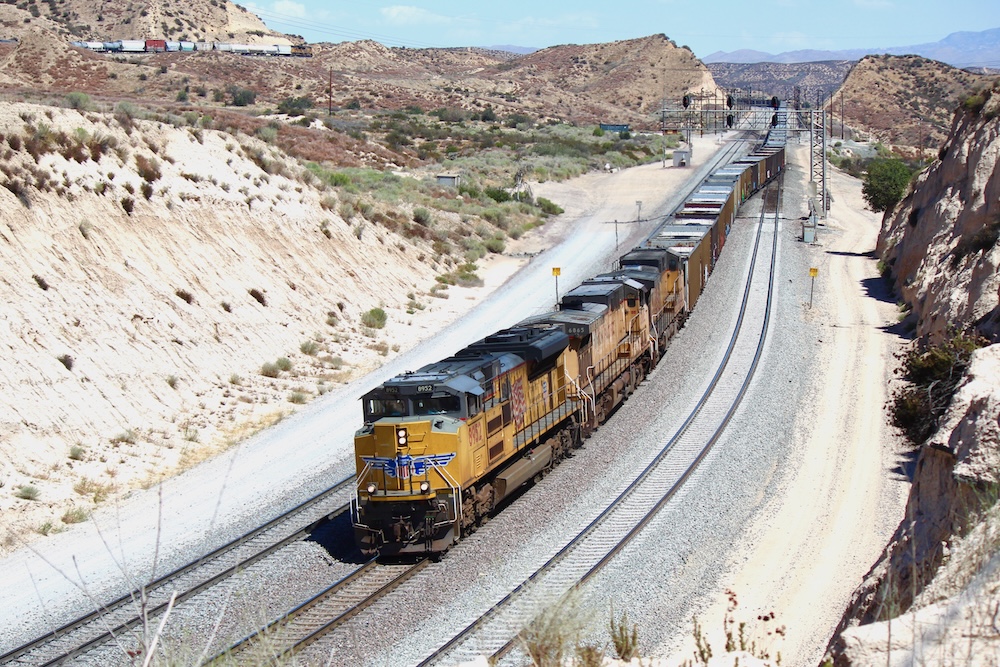




All of this is well and good, except Atlas made a fundamental mistake when lettering the engine. Great Northern ran their first generation diesels long hood forward. The “F” denoting the front end is on the short hood for this model. If memory serves, the EMD GP-30 was the first low short hood unit GN bought, and the first unit run short hood forward.
Now, one could paint out the mistake, and reletter the unit correctly, but for the price one would not expect to have to do this.